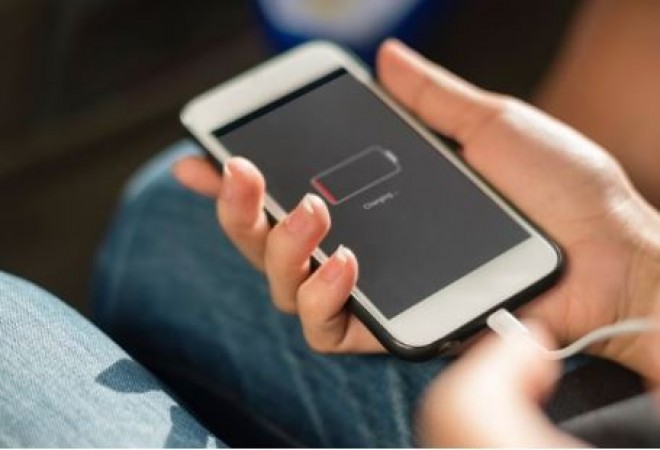
Losing a phone can be a stressful experience, but advancements in technology have made it easier than ever to track down a lost device, even if it's been switched off or the battery has drained. With the right tools and techniques, retrieving a lost phone is within reach for many users.
In recent years, mobile phone manufacturers and operating system developers have introduced features specifically designed to help users locate lost or stolen devices. These features often rely on a combination of GPS, Wi-Fi, and cellular network data to pinpoint the device's location.
Most smartphones today come equipped with built-in tracking systems that can be activated remotely. For example, Apple's iPhones have "Find My" functionality, while Android devices offer "Find My Device" features. These tools allow users to locate their devices on a map, play sounds to help locate them nearby, and even remotely lock or erase the device if necessary.
One of the key advantages of these built-in tracking systems is their ability to persistently track the device's location, even if it's turned off or the battery has died. When enabled, these features periodically transmit the device's location to the manufacturer's servers, allowing users to access the most recent location data when needed.
GPS (Global Positioning System) is a crucial component of phone tracking technology. By using signals from satellites orbiting the Earth, GPS receivers in smartphones can determine their precise location. Even if a phone is turned off or the battery is drained, the last known GPS coordinates can still be accessed when the device is powered back on or recharged.
In addition to GPS, phone tracking systems also rely on cellular and Wi-Fi networks to triangulate the device's location. When a phone is connected to a cellular network or Wi-Fi hotspot, it sends signals that can be used to approximate its whereabouts. This information is especially useful in urban areas where GPS signals may be obstructed or inaccurate.
Even when a phone is not actively connected to a network, it may still transmit signals periodically in an attempt to establish a connection. By analyzing these signals, tracking systems can infer the phone's general vicinity, helping to narrow down its location.
Time is of the essence when it comes to locating a lost phone. The longer you wait, the greater the chance that the device's battery will drain or it will be powered off, making it more difficult to track.
In addition to built-in tracking features, there are numerous third-party apps available for both iOS and Android devices that offer additional tracking functionality. These apps may provide features such as real-time tracking, geofencing, and remote camera access.
To increase the chances of recovering a lost phone, it's essential to take preventive measures such as enabling tracking features, setting up remote locking and wiping capabilities, and regularly backing up important data. Losing a phone can be a frustrating experience, but with the right tools and techniques, it's possible to track down a lost device even after it has been switched off or the battery has drained. By leveraging built-in tracking systems, GPS technology, and network connectivity, users can increase their chances of recovering their lost or stolen phones.
How To Maintain A 9-Day Navratri Diet Plan For Weight Loss Successfully
Chaitra Navratri 2024: THESE foods to avoid in Chaitra Navratri
Moon Sighting for EidulFitr 2024 Timings in India UAE and Saudi Arabia